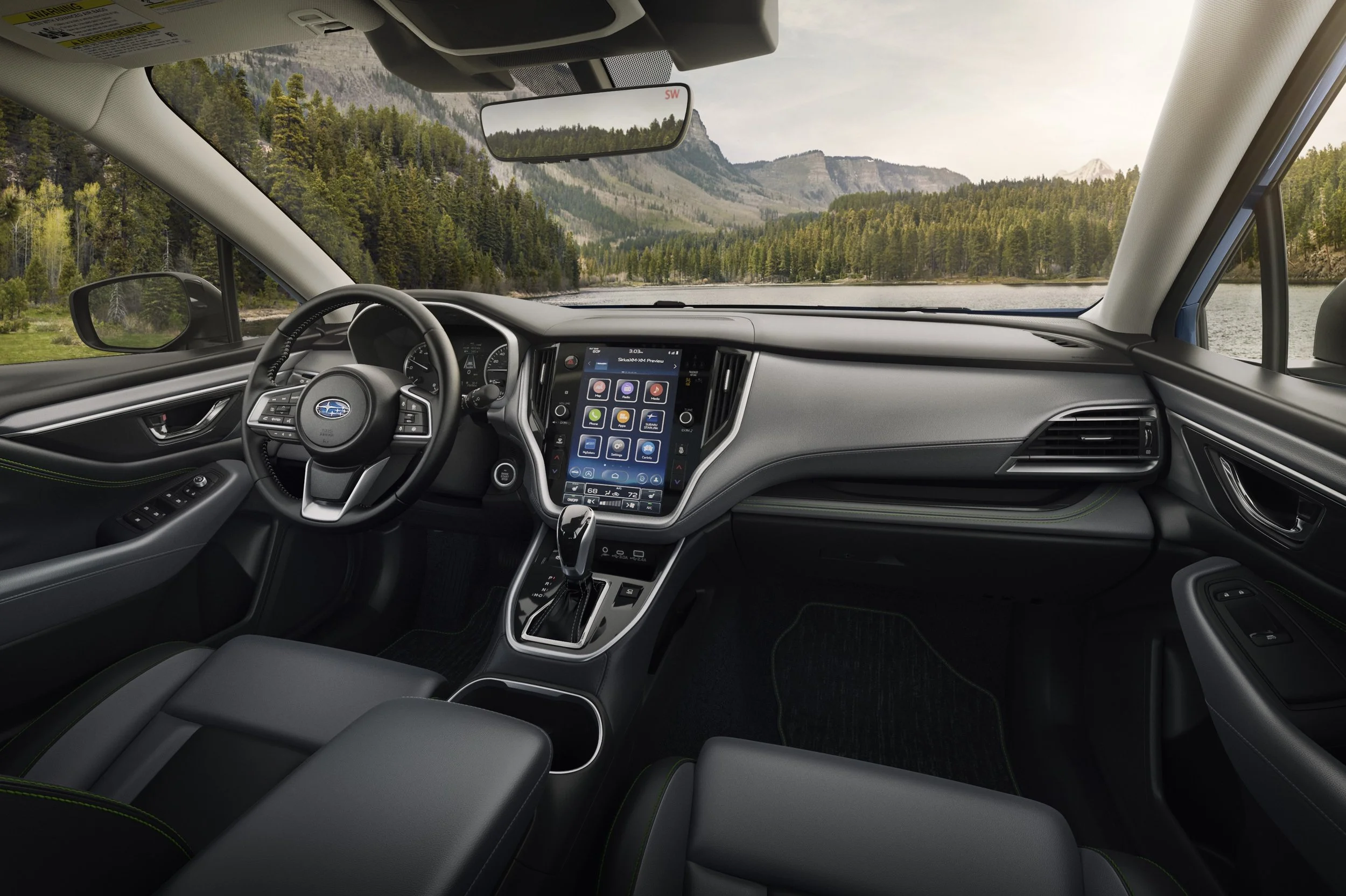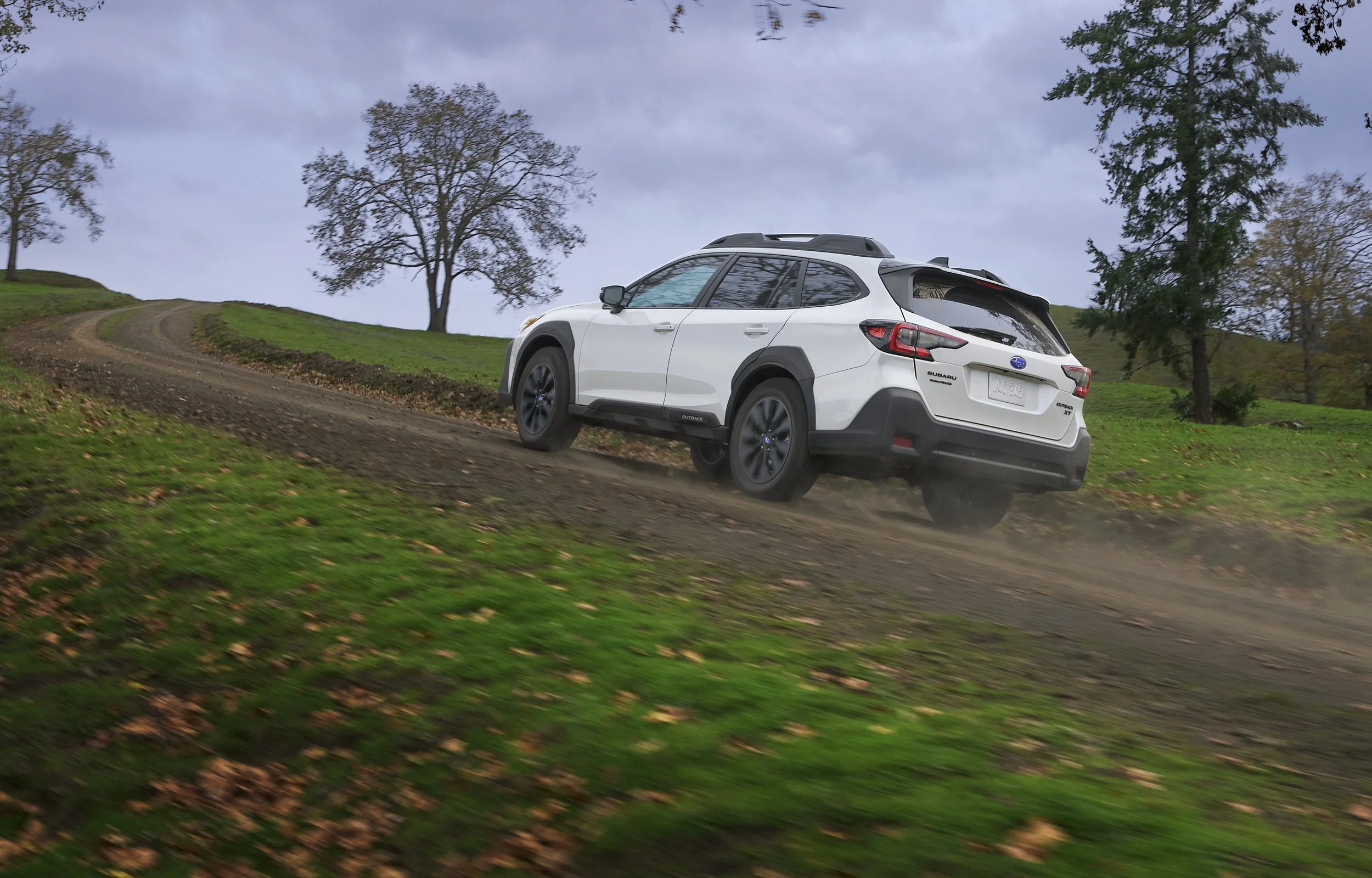Visual, tech updates for Outback
/Altered styling aside, Subaru’s Kiwi favourite here achieves smarter driver-assistance and infotainment features.
BEEFY styling cues from a Wilderness variant Subaru here has been keen to snare now seem set to come to the Outback as a standard look.
The mid-life facelift for Subaru New Zealand’s biggest seller has been unveiled as the original car was - at a big motor show in the United States.
Subaru New Zealand has yet to offer comment yet, ff past timeframes apply, then adjustments revealed at the New York motor show might not land for another year yet.
America is firmly first in line for Outback, such is its importance. The car as we currently have it was selling Stateside for almost 18 months before it released here, in February of 2021. It revealed at the 2019 Detroit motor show.
Last year Subaru NZ boss Wallis Dumper said he was keen to add the Outback Wilderness edition – basically just as the label says, a model with more off-road aptitude than the standard car - to the New Zealand line-up.
He also expressed hope Outback would also achieve a highly-celebrated 2.0-litre turbocharged four-cylinder engine that presently only avails to the model in North America, potentially before the end of this year.
Those choices were seen then as good-fit adjuncts to a sixth generation family that presently avails in three specification levels – Outback, Outback X and Touring, all with an updated version of the previous car’s mainstay 2.5-litre.
This normally aspirated, direct injection flat four unit generates 135kW and 245Nm whereas the 2.0-litre, in US market format, knocks out 193kW and 360Nm.
As a specific variant, the US-market Wilderness not only stood out with by having beefier exterior styling - a front bumper reprofiled to improve the approach angle and bulkier side protection – but also an additionally-elevated ride height.
Some of those exterior elements are still specific to the Wilderness, but the general ethos of its look now spreads to general issue.
So now all models achieve the bigger grille, reworked headlights and different bumpers. Hardly by coincidence, the look is more in tune with that meted the WRX, which comes on sale next month, as well as the Solterra. Subaru’s first all-electric model also has the same vertical look to its bumper, a more prominent grille and squintier headlights.
Also evident of the updated Outback is a more swept-back cladding accent for the wheel arches, meant to create a more rugged look and provide additional protection from flying debris kicked up by the tyres.
Outback’s refit bypasses the engine bay and Lineartronic CVT and the interior is mostly the same as well.
The standard EyeSight driver-assistance features are upgraded thanks to new software and the addition of a third forward-facing camera, the latter only on the top-level trim.
The addition on that model of a wide-angle mono camera to the dual-camera set up we know now is to allow an expanded field of view to recognise pedestrians and bicyclists sooner than the standard system when entering an intersection at low speed.
The standard EyeSight system also receives a wider field of view, updated control software and an electric brake booster. Some versions achieve a standard LCD Smart Rearview Mirror display with auto-dimming, compass and Homelink access.
The car debuts Subaru’s latest Starlink Multimedia Plus system, featuring a vertically orientated 11.6-inch touchscreen and wireless Apple CarPlay and Android Auto.
The display itself has been updated for improved on-screen controls for audio, climate control, X-Mode off-road controls and other vehicle features. The car also will be the first in the Subaru lineup to integrate what3words (W3W) into its navigation system.
W3W is a global location technology that has divided the entire planet up into a grid of squares three metres by three metres big and has assigned each square a unique combination of English words. Remembering and inputting those three words, which represent spots on a map that can be anything from homes to trailheads, is meant to be an easier way to share and recall position information.




















